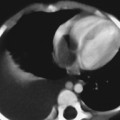CASE 125 A newborn male presents with congenital heart disease, narrow chest, short extremities, and polydactyly of hands and feet. The nails are hypoplastic, and several primary teeth are present. Figure 125A Figure 125B Frontal (Fig. 125A) and lateral (Fig. 125B) radiographs of chest and abdomen demonstrate cardiomegaly, with downshifted cardiac apex and increased pulmonary vascularity, suggesting ventricular septal defect, large atrial septal defect (ASD), or single atrium. The ribs are quite short, resulting in marked narrowing of the chest. The vertebrae are normal. Figure 125C Figure 125D Figure 125E Figure 125F The pelvis (Fig. 125C) demonstrates shortened, flattened iliac wings. The acetabulae show horizontal orientation, with pronounced medial and lateral “spikes.” The proximal femoral ossification centers are prematurely visualized. The humerus, radius, and ulna are short and thick. The humerus and radius demonstrate proximal and distal metaphyseal flaring; the ulna is proximally widened. Postaxial hexadactyly is present, with distal duplication of the fifth metacarpal. The supernumerary sixth digit is well formed (Fig. 125D). The femora, tibiae, and fibulae are mildly shortened. The femora and tibiae are thick, with proximal and distal metaphyseal flaring (Fig. 125E). The feet demonstrate postaxial hexadactyly with a shortened first metatarsal and widening of the first proximal phalanx. The supernumerary sixth ray is well formed (Fig. 125F). Chondroectodermal dysplasia (Ellis-van Creveld syndrome)
Clinical Presentation
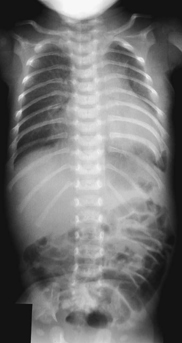
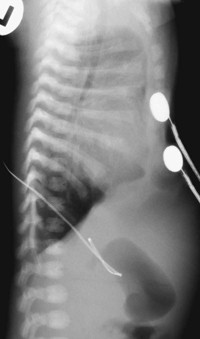
Radiologic Findings
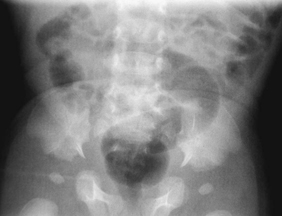
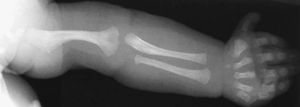
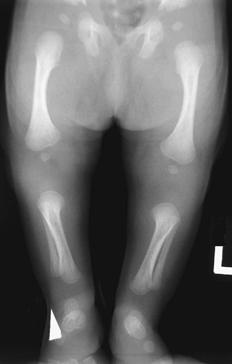
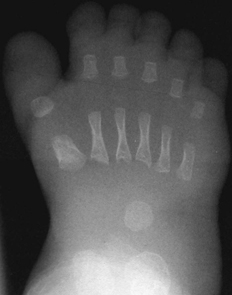
Diagnosis
Differential Diagnosis
Discussion
Background
Stay updated, free articles. Join our Telegram channel

Full access? Get Clinical Tree






